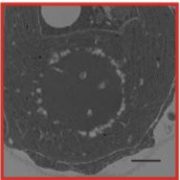
CO2 Concentration in Chlamydomonas: Effect of the Pyrenoid Starch Sheath
Plant Physiology, Plant Physiology: News and Views, ResearchAnanya Mukherjee
ORCID ID: 0000-0003-1802-1806
[email protected]
University of Nebraska Lincoln
Lincoln, NE 68588
In the photosynthetic Calvin-Benson cycle, the enzyme ribulose 1,5-bisphosphate carboxylase/oxygenase (Rubisco) fixes CO2 into organic compounds. A major limitation…
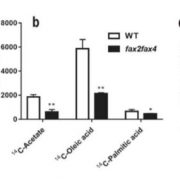
A well-oiled machine: two fatty-acid exporters involved in seed oil biosynthesis
Plant Physiology, Plant Physiology: News and Views, ResearchA well-oiled machine: two fatty-acid exporters involved in seed oil biosynthesis
Mehran Dastmalchi
[email protected]
Oilseed plants such as canola (Brassica spp.) are a massive, multi-billion dollar industry, with their lipids contributing to food, cosmetics, polymers and biofuels. For the…
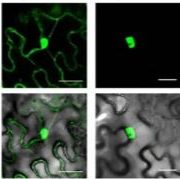
Tuning to the signal of stress: sub-cellular regulation of abscisic acid receptor abundance by E3 ubiquitin ligases
Plant Physiology, Plant Physiology: News and Views, ResearchMagdalena M. Julkowska
[email protected]
Developmental and environmental changes are communicated systemically throughout the plant by various signals, ranging from electric currents to plant hormones. As the responses elicited by the systemic signals depend on the tissue…
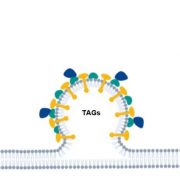
Discovering Lipid Droplet Proteins—from Seeds to Seedlings
Plant Physiology, Plant Physiology: News and Views, ResearchLynn GL Richardson, Michigan State University, East Lansing, MI 48843
During germination and early seedling establishment, embryos rely on stored energy for growth and cellular maintenance until photoautotrophic growth takes over. Proteins and lipids make up most of the energy-rich stores in the embryo,…

LACCASE2 negatively regulates lignin deposition of Arabidopsis roots
Plant Physiology, Plant Physiology: News and Views, ResearchLignin is a complex aromatic biopolymer in the secondary cell wall of vascular plants. It is crucial for providing physical strength and pathogen resistance to the plant. Lignified xylem vessels are also necessary for efficient water transport. Lignin is formed by oxidative polymerization of monomers…
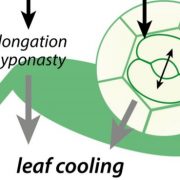
Keep cool and open up: temperature-induced stomatal opening
Plant Physiology, Plant Physiology: News and Views, ResearchWhen air temperatures rise above the comfortable level, plants initiate a cooling mechanism to prevent heat stress. High ambient temperatures induce a specific set of growth responses, termed thermomorphogenesis, which includes enhanced hypocotyl and petiole elongation, and leaf hyponasty (reviewed by…
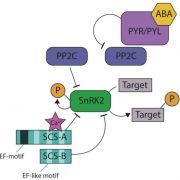
A Tale of Two Isoforms: Calcium-dependent Inhibition of SnRK2 by SnRK-Calcium-binding Sensor
Plant Physiology, Plant Physiology: News and Views, ResearchMagdalena Julkowska
[email protected]
Reacting to the environment requires not only activating signaling cascades but also modulating the activity of individual components in a context- and time-dependent manner. For example, under non-stress conditions protein phosphatases 2C…
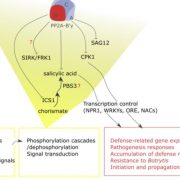
The protein phosphatase PP2A-B’γ takes control over salicylic acid to suppress defense and premature senescence
Plant Physiology, Plant Physiology: News and Views, ResearchAmna Mhamdi
Ghent University, Department of Plant Biotechnology and Bioinformatics, and VIB Center for Plant Systems Biology, 9052 Ghent, Belgium
Address correspondence to [email protected]
Long thought to be unselective and often referred to as "housekeeping" enzymes, type 2A Protein…
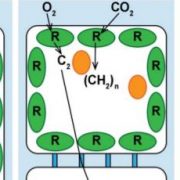
Paving the way for C4 evolution: study of C3-C4 intermediate species in grasses
Plant Physiology, Plant Physiology: News and Views, ResearchC4 photosynthesis originated as an adaptation to low atmospheric CO2 concentrations 30-35 million years ago (Sage, 2016). Although accounting for only 3% of the vascular plants on earth, C4 plants contribute 25% of terrestrial photosynthesis (Westhoff and Gowik, 2010), thus providing a highly desirable…

